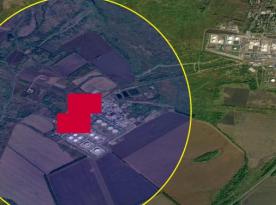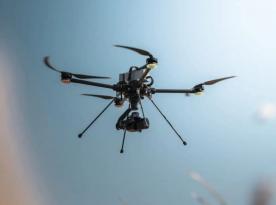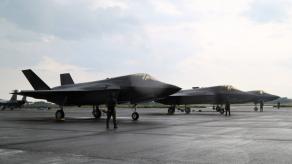In russia, complaints have started about Ukrainian anti-aircraft FPV drones now hitting more helicopters than surface-to-air missiles. This claim was made by the well-known russian "war correspondent" Fighterbomber. Although, so far, there are only two confirmed successful attacks, both of which occurred in the Kursk region.
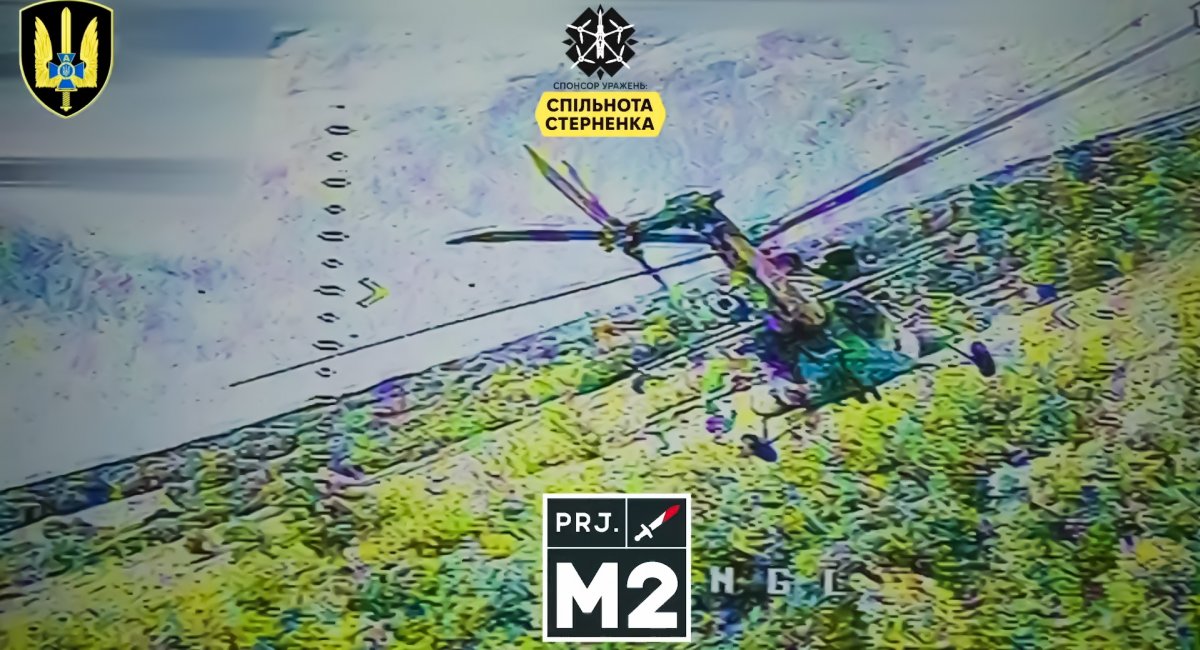
He also noted that the russian flight crews regularly receive reprimands for energetic maneuvering during attacks. This is worth noting because the only reason for issuing such disciplinary actions is attempts to conserve the machines' resources.
Read more: MiG-31K, Two Il-76 Aircraft Destroyed, Six Damaged in Attack on russian Savasleyka Air Base
The topic of equipping russian helicopters with electronic warfare (EW) systems, which are actively used by ground units, was also raised. It turned out that this task in russia is currently handled only by "enthusiasts" who "rig" their own devices onto machines at their own risk. Centrally, with the involvement of relevant scientific and production resources, no one in russia is addressing this issue.
At the same time, all existing systems on russian helicopters are designed to counter and warn against threats from surface-to-air missiles and air-to-air missiles. For instance, the L-370 Vitebsk system alerts the helicopter crew to radar or laser radiation, detects missile launches and approaches, and deploys flares and chaff to counteract heat-seeking and radar-guided missiles. However, none of these measures are effective against FPV drones.
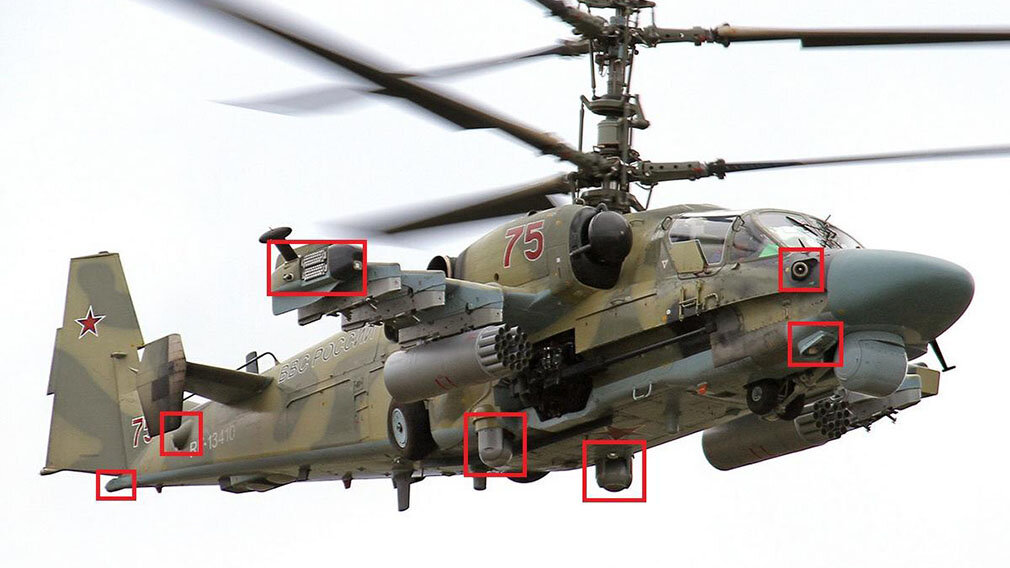
Given this situation, Ukrainian anti-aircraft FPV drones now have a very interesting window of opportunity. Homemade electronic warfare systems for aircraft, especially for helicopters and even more so for Ka-52s with their level of vibration, present a distinct and intriguing topic. Additionally, the helicopter itself has a number of radio systems that could potentially conflict with these homemade electronic warfare systems.
At the same time, it will be a long time before factory-made russian systems become available. In the field of aviation, even developing a pod container takes a considerable amount of time. Moreover, when it comes to electronic warfare systems that could conflict with the aircraft's own electronic systems, the development process is even more complex.
Considering the cost and complexity of the target, it is quite logical that anti-aircraft FPV drones may use more expensive components and equipment. Therefore, for instance, installing machine vision systems that counteract electronic warfare measures is a practical and logical solution. As a result, any development of countermeasures in the radio spectrum may prove ineffective.
Ще одне ураження російського гелікоптера за допомогою FPV!Воїни підрозділу М2 Центру спеціальних операцій СБУ на Курщині змогли вдарити вашим FPV по ще одному російському гвинтокрилу.Цього разу Мі-8 отримав удар у хвостову частину дроном із потужною осколковою БЧ.Подальша… pic.twitter.com/sY8jbdiIao— Serhii Sternenko ✙ (@sternenko) August 9, 2024
Thus, anti-aircraft FPV drones can currently become a highly effective means of countering helicopters, especially considering the emergence of models that can reach speeds of up to 260 km/h.
Although to effectively catch an enemy helicopter, it is necessary to increase speed, as 260 km/h is a cruising speed for the Ka-52, with a maximum allowed speed of 310 km/h. At the same time, this parameter still allows for the possibility of successful interception on a head-on course.
Read more: Military Expert Believes Largest Drone Attack on russian Capital Is Still to Come





